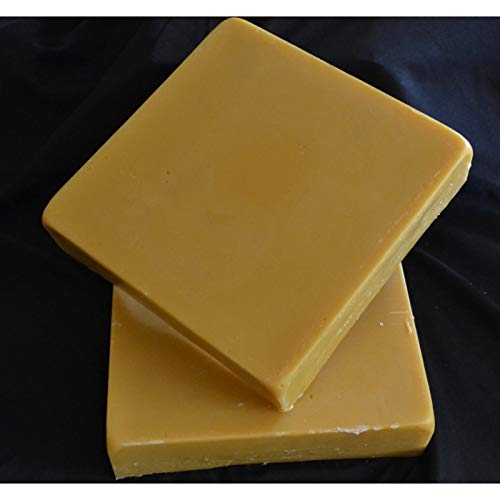Beeswax is secreted from eight wax-producing glands on the abdomens of honey bees of the genus Apis in thin sheets called scales. Clear, colorless, tasteless and brittle, these scales look like mica flakes. They are shaped into honeycomb in a production line of bees that chew and mold the wax into hexagonal-shaped cells.
"Depending on what kind of nectar and pollen the bees consumed and what came into the hive, microscopic bits of the pollen and nectar remain and are added to the wax. It takes about 1,100 scales to make one gram of wax,” explains Petra Ahnert in Beehive Alchemy.
“Most of the wax that is commercially available is made from something beekeepers call cappings. When bees produce honey, the foraging bee collects the nectar and stores it in one of her two stomachs - one is for honey collections and the other is for personal digestion. The nectar in the honey stomach mixes with enzymes in the stomach, and when the bee returns to the hive it places the nectar into a waiting cell.”
When beekeepers harvest honey, they remove the beeswax covering the cells. These “cappings” are processed to separate any honey from the wax, which is then filtered and ready to use in candles, melts, skin creams and conditioners.
Beehive Alchemy: Projects and recipes using honey, beeswax, propolis, and pollen to make your own soap, candles, creams, salves, and more, by Petra Ahnert. Quarry Books, 2018.

